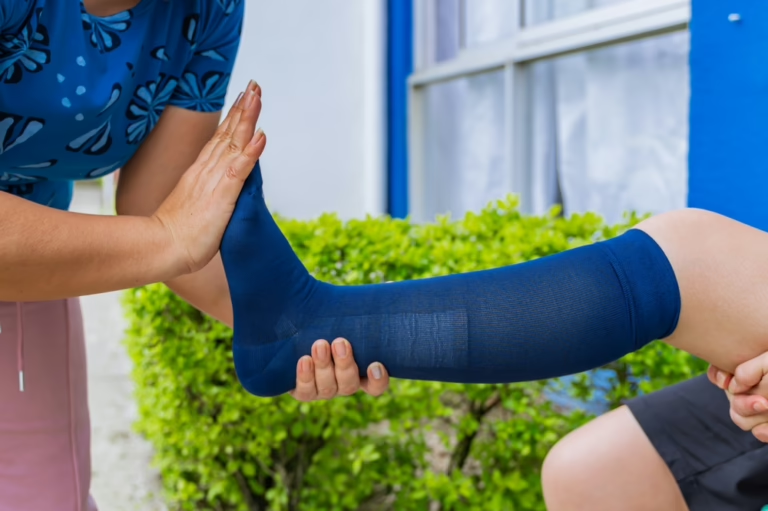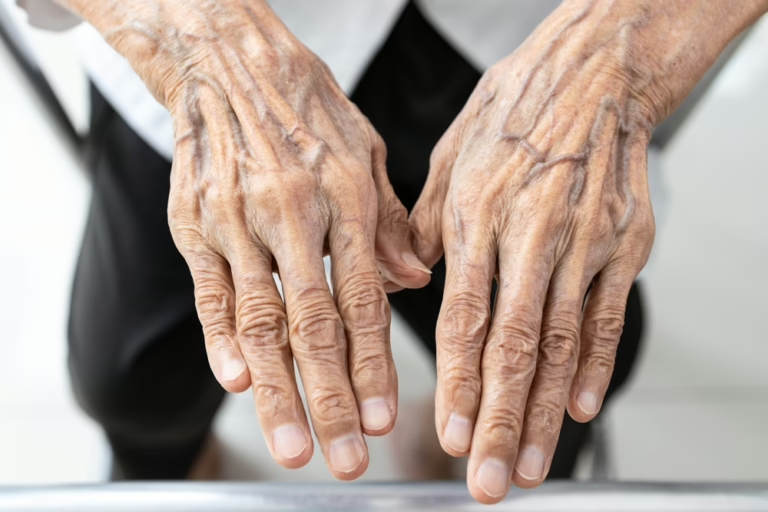
Varicose veins are enlarged, twisted veins. Varicose veins can happen anywhere in the body, but are more common in the legs. This form of vein disease can cause many health complications such as ulcers, bleeding and blood clots.
Ulcers form as a result of the pressure exerted on your skin from the enlarged, engorged varicose vein. Most of the time, this occurs inside the ankle. First, the skin slowly darkens and thins, and then an ulcer eventually develops. This is considered end-stage vein disease. These ulcers are typically very painful, unsightly, and are terrible to live with. They can take months to heal – if they heal at all. If they do heal they will frequently recur if the underlying varicose vein is left untreated.
Varicose veins can rupture and bleed when the skin over the veins becomes thin. It’s so fragile that it can be injured by clothing, bedding or cuts. It’s most common to occur after bathing. The bleeding can be severe if a large amount of blood has been stored in the varicose vein. While it may seem frightening, random bleeding is painless, is not life-threatening, and can usually stop by raising the leg and applying pressure. However, it’s important to have any episode of heavy bleeding evaluated by a physician.
There are two types of blood clots that can form from varicose veins. The first is referred to as Superficial Thrombophlebitis. In varicose vein diseases the leg veins below the surface of your skin fail to function properly and do not properly pump blood toward the heart. Pooled blood inside these inflamed veins clot and form a hard, red and warm lump called a thrombus. This type of clot can be quite painful and can cause localized leg pain. In most cases, the clots are confined to the superficial veins and are not dangerous but this is something that needs to be determined by a physician. Clots that extend deep beneath the skin are potentially life threatening.
Deep Vein Thrombosis (DVT) is the other type of blood clot associated with varicose veins. DVT is when a clot a clot forms deep in the venous system. In most dangerous cases, the clot can break loose from the vein and travel to other parts of the body, which can create a life-threatening condition that requires urgent diagnosis and treatment.
Complications from varicose veins can seem alarming. The good news is that the majority of these complications can be prevented with early diagnosis and treatment. There are many different ways to treat vein disease. Most treatments are minimally invasive and we can perform them in less than an hour in our office. It’s important to know that varicose veins typically worsen over time and do not heal on their own. If you’re concerned that your varicose veins may be a more serious medical problem or your symptoms are worsening, give us a call at 860-761-6666 to see Dr. Lori Greenwald, a board-certified vein specialist.
If you have any other questions about treating your varicose veins call our office at 860-761-6666.




